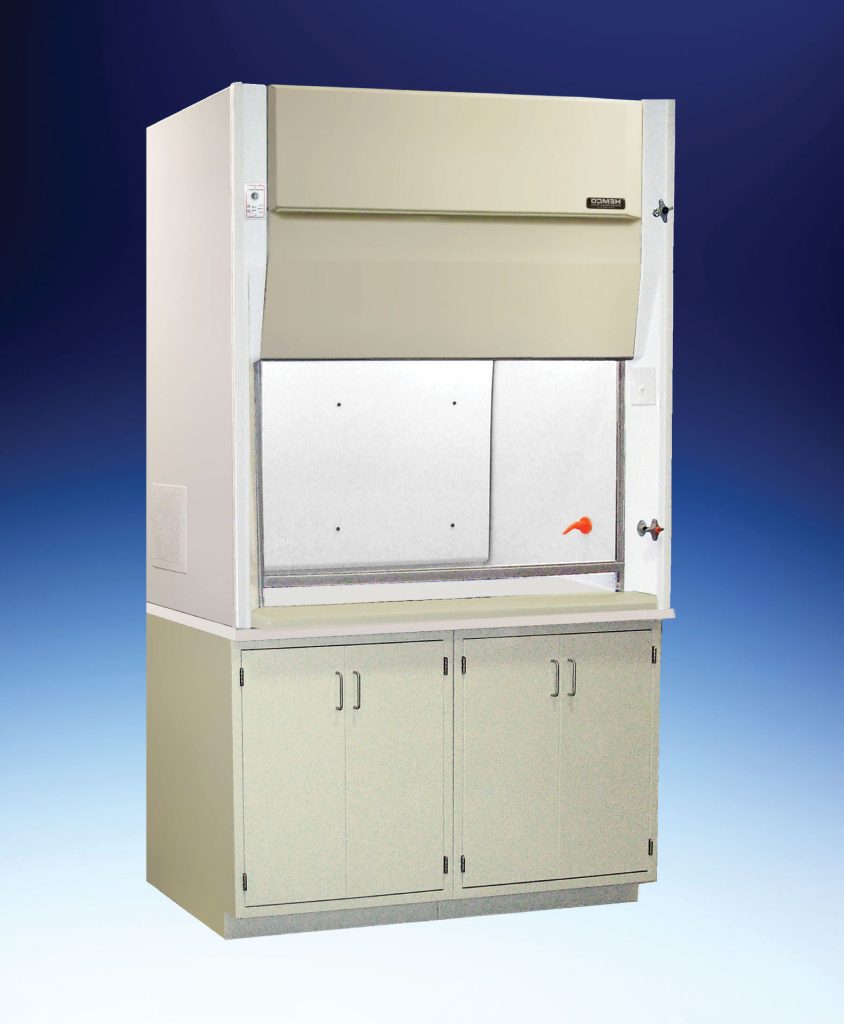The perchloric fume hood Malaysia is a thoroughly ventilated, enclosed laboratory room used to deal with contaminated or possibly contaminated infectious agents without getting infected. Each biosafety cabinet has a certified HEPA-filtered air exhaust system that removes polluted and hazardous air while shielding the user. Fume hoods are not as safe when handling infected pathogens as a biosafety cabinet, which is how biosafety cabinets vary from fume hoods.
When working with highly explosive and flammable perchloric acid, this fume hood is essential. The presence of an integrated wash-down system, integral work surfaces, and drainage throughs avoid the accumulation of potentially harmful perchloric ions in the fumes.
Perchloric Acid
Perchloric acid (HClO4)., at normal temperature, is a liquid with a -17 OC melting point and a 203 OC boiling point. The perchlorate ion, [ClO4]-1, is a significant component of perchloric acid. Due to its extreme instability, this ion can produce oxygen, and free radicals, or can mix with other reactants that contain carbon to produce organic peroxides, depending on the circumstances of the reaction.
Organic peroxide residue or organic perchlorate salts may be explosive. When chemical hazard experts are called in to assess similar circumstances, they might empty the hood, run a back baffle wash-down cycle, and then carefully remove any material still inside the containment area with a sponge and water, throwing away the rinse water down the wash down trench at the back of the hood. Depending on the diagnostic of the substance and other related duct system components, further, more serious methods may be used.
Perchloric Fume Hoods
- Materials that are stable and won’t react with perchloric acid to produce corrosive, flammable, or explosive chemicals or byproducts must be used for all interior hood surfaces.
- Each interior hood, duct, fan, and stack surface must have the ability to be washed down with water.
- All ductwork must be made of materials that are stable against perchloric acid and/or its byproducts, won’t react with them, and have smooth weld seams.
- The system cannot be manifolded or connected to the nonperchloric acid exhaust system in any way.
- Gaskets and other organic components may not be used in the construction of the hood unless they are proven to respond with perchloric acid and/or its byproducts.
MYLAB Prechloric Fume Hood
When working with highly explosive and flammable perchloric acid, this fume hood is essential. This particular fume hood model has incorporated work surfaces, drainage throughs, and a built-in wash-down system to prevent the accumulation of potentially reactive perchloric salts in the fumes.
This fume hood variant has an inner liner material made of fully welded stainless steel 316 that includes a drain through. Additionally, a washdown mechanism on this machine ensures thorough cleaning. 4 feet, 5 feet, and 6 feet are the 3 sizes that are offered. Steel is used for the base cabinet and hood structure, and epoxy-polyester is baked on top. The worktop and internal linear components are made of stainless steel. Also made of stainless steel is the washdown system.
